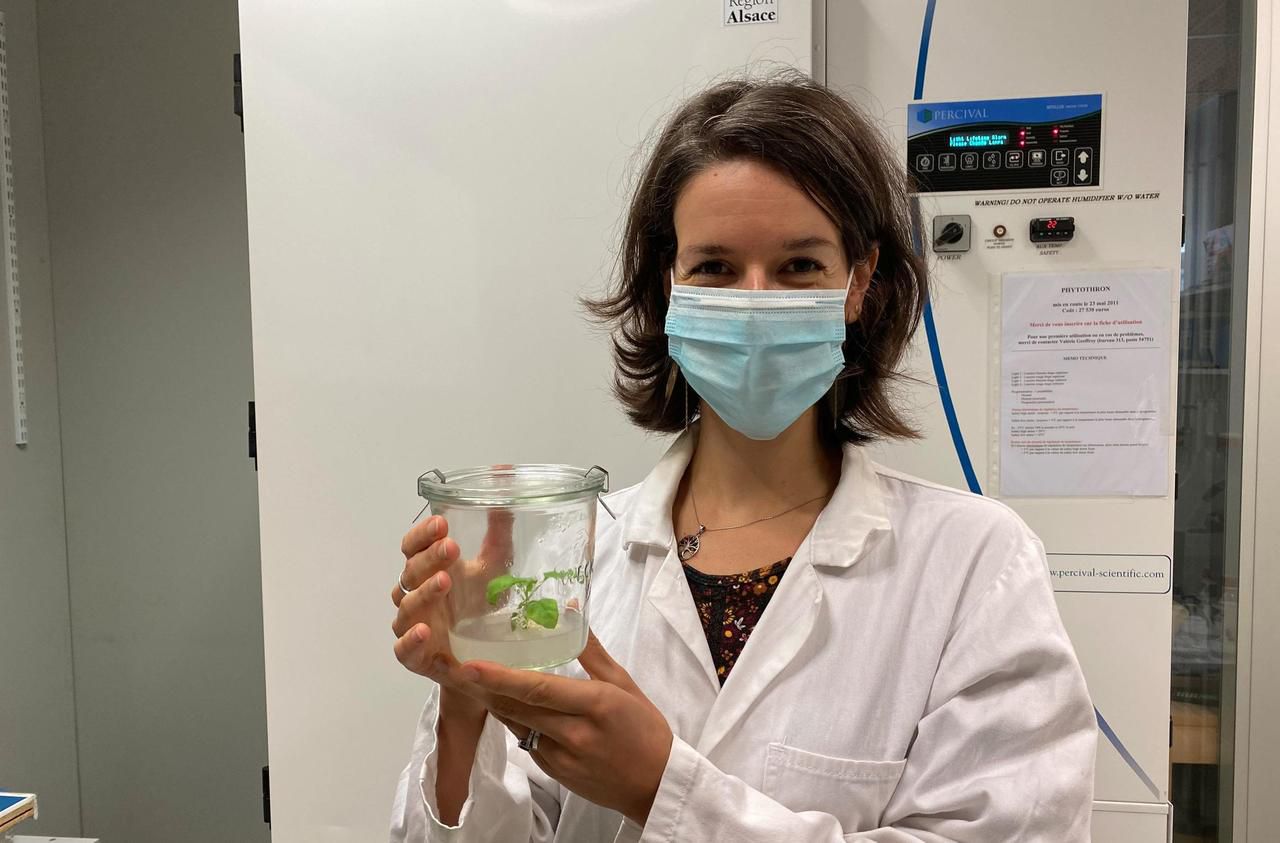By itself, public lighting represents 12% of national electricity consumption!
According to these data from the Ecological Transition Agency, this is the equivalent of 670,000 t of CO2 emitted each year.
Dizzying figures which are at the origin of the creation of the company Woodlight in Illkirch-Graffenstaden, in the agglomeration of Strasbourg (Bas-Rhin).
Behind this entity which has taken up residence in a laboratory on the university campus, we find a couple of biologists: Rose-Marie and Ghislain Auclair.
“It was he who had the idea of creating light plants to replace public lighting.
Ghislain like me had been struck by the concreteization of a city like New York during a trip in 2016 ”, recalls the general manager of Woodlight.
On their return to France, the two scientists are working on a bioluminescence process: "The idea is to graft the genes of luminous animals, such as fireflies or jellyfish, onto plants", explains Rose-Marie Auclair.
Experimentation on tobacco plants
"Our experiments are currently carried out only on tobacco plants because they are the most used for scientific research", specifies the doctor in biology.
Helping to fix CO2 emissions, these bright plants nurture the ambition to integrate the urban space of the future.
“Our technology responds to the lack of greenery in cities but also to the problem of light pollution.
This is how local authorities such as the town hall of Strasbourg or the Communauté de Communes du Pays de Ribeauvillé (Haut-Rhin) are following the development of our project with interest ”, confides the 33-year-old young woman.
So can we imagine tomorrow to see chestnut trees or fluorescent plane trees blooming instead of the 9 million streetlights in France?
“In 4 to 5 months, our lab tests will end.
We will know if our technology can make it possible to create a plant light of an intensity equivalent to that of a street lamp ”, tempers Rose-Marie Auclair.
The Woodlight co-founder is however optimistic: “If it turns out that our light plants will not be the streetlights of tomorrow, we are already convinced that they will play other functions.
They could thus make it possible to create luminous markings for cycle paths or softer lighting in urban parks.
"
Luminescent walls in underground car parks
And the biologist to cite the example of the Vinci-Energie group, which contacted to think about the creation of luminescent green walls in its underground car parks.
If the Alsatian start-up has acquired notoriety with large companies such as EDF or Bouygues, it is thanks to the four prizes won in innovation competitions since 2016 and the obtaining of the FrenchTech DeepTech grant from the Public Bank. of Investment.
The researcher also wants to be pragmatic: “Bright plants follow the same growth rate as conventional plants.
Designing bright trees takes time.
By working in the short term on ficus or ivy, we will be able to respond quickly to the demand of shops, hotels or even individuals by collaborating with designers.
"
For several months, the Alsatian start-up has been in talks with LVMH (owner of Parisien-Today in France) to install light plants in the windows of the stores of the Bernard Arnault group.
"If we manage to break into the luxury sector, we can then finance all our large-scale projects to ensure less aggressive light in our cities," says the biologist.



